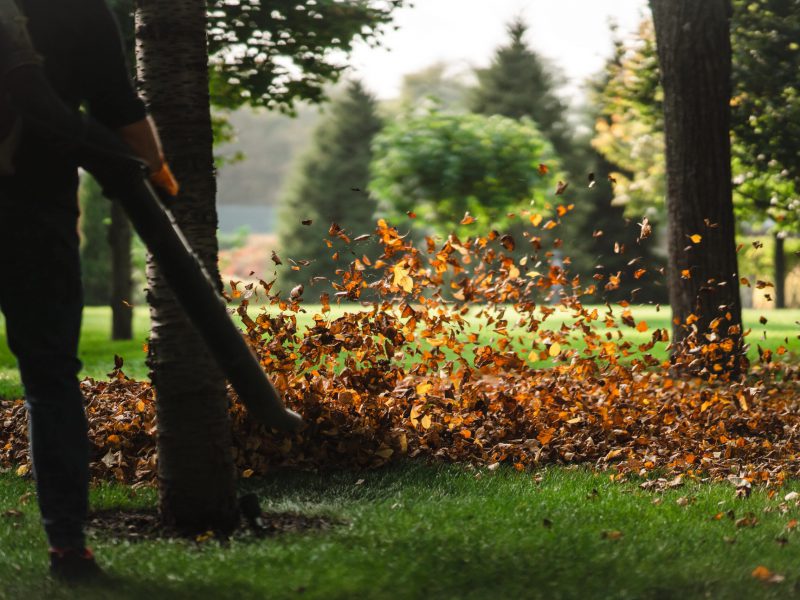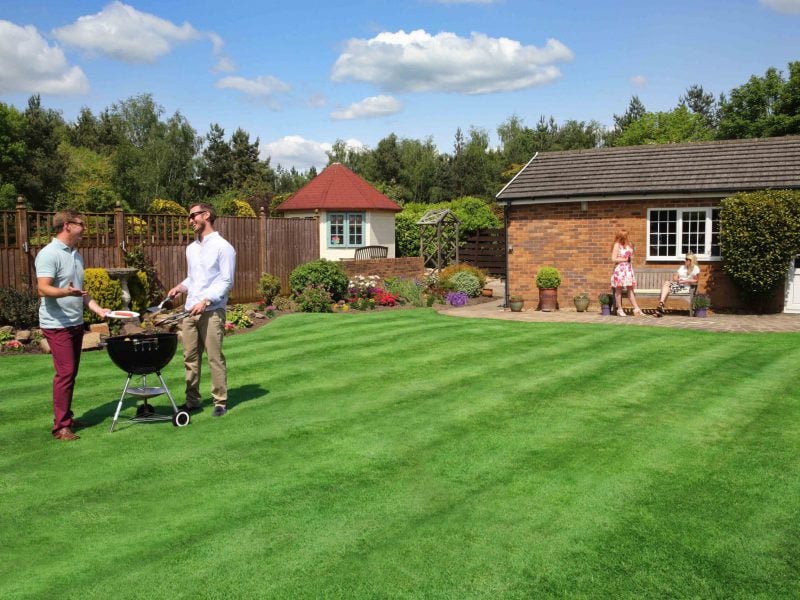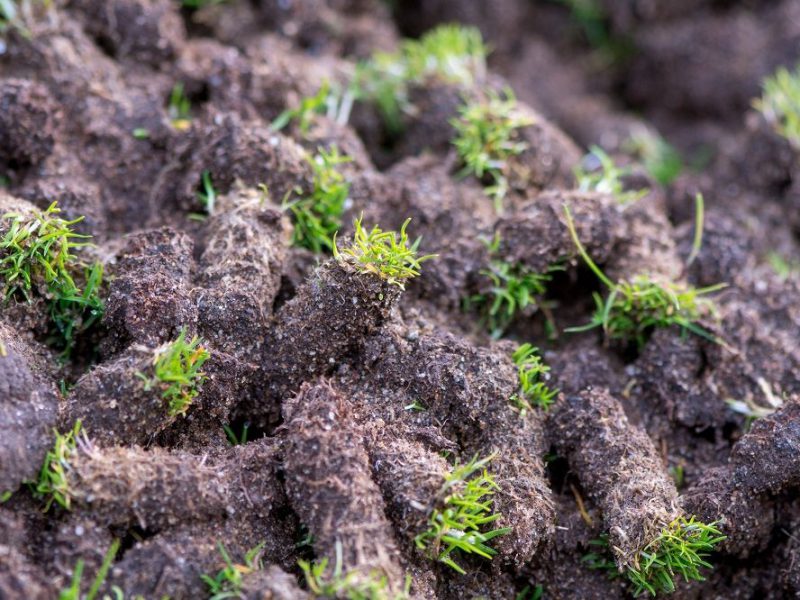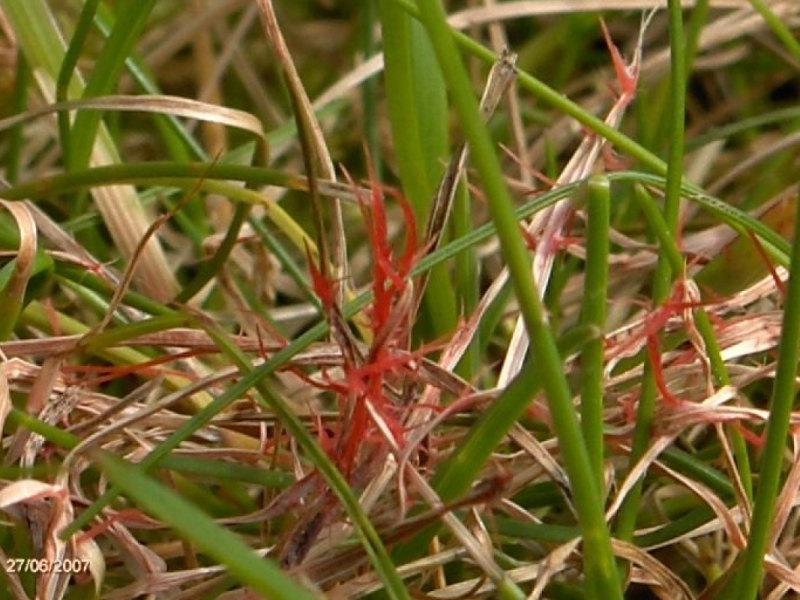At this point in the year, you will have started to notice your lawn starting to grow more as we move through spring into ever-warmer weather. The spring months mark the start of mowing season and you will find that you will have to increase the regularity that you are out trimming the grass. Now is a great time to assess your garden tools and decide whether or not you have the best lawn mower possible for your lawn size and type. Having the correct machine will not only improve your lawn’s health, but it will make your job considerably easier and quicker to do.
Questions To Ask Yourself On Your Mower Needs
Before you even begin browsing the shops or online, you need to think about your garden and the requirements you have. Think about the size of your garden and whether you have the energy and strength to push around a heavy mower across large areas of grass. A small garden will need a much different machine to a large garden. Think about how regularly you tend your garden and whether you enjoy being out there doing garden tasks. If you don’t mind spending the extra time, perhaps a less powerful mower might be for you. You also need to consider where you are storing the lawn mower and what power you have access to in your home. Think about what look you want to create on your lawn, either professional and neat or more easy-going, and which machine will give you that look. Finally, look over your lawn for any slopes, difficult areas or ponds that might need specialist care.
What Are The Different Types Of Mower?
The main two types of mower that you have probably heard of are cylinder and rotary. Cylinder lawn mowers have a rotary blade at the front of the mower, which cuts the grass in a similar way that a scissor would cut the grass. These are perfect for those gardeners who regularly mow their lawn and who are looking for a short, neat style in their garden. However, if you have longer grass the mower won’t be effective for you.
Rotary mowers have their blade on the bottom, which rotates and cuts the grass through the power of petrol or electricity. These are great for larger lawns or longer grass, as they are stronger and more powerful. If you have a larger amount of grass to go around, you’ll find it much quicker with a rotary mower.
You can also have a choice between electric and petrol mowers, depending on your preference and lawn type. Electric ones are usually lighter, quieter and cheaper, so if you are shopping on a budget that is probably the choice for you. Petrol mowers are much stronger and powerful, making them the better choice for tackling large areas, thicker or overgrown grass. There are also more technology-forward mowers on the market, such as hover and robotic mowers.
Small to Medium Sized Lawn
A small lawn, measured as under 50 sqm, requires a mower with a blade size of 30-34cm blade width. A medium lawn, measured as 50-150 sqm, requires a mower with a 35-40cm blade width. This will ensure that you don’t have a mower that is too large and cumbersome to push round a smaller lawn. A corded electric rotary lawn mower is great for the average person with a small to medium sized lawn.
Large Lawn
A larger lawn, measuring over 150 sqm, needs a blade with over 40cm in width. A petrol mower, more than likely a rotary one, will be suitable for a bigger garden, as cords aren’t feasible across a large area. Just remember that the mower will need oil and servicing, just as any other petrol-powered machine would.
Other mowing tips
Once you’ve bought your mower and you’re ready to get going, there are a few final lawn care tips to remember!
- Never cut below 1/3 of the grass height
- Regularly check and maintain the blades of the mower
- Regularly empty out grass clippings when you are mowing
- Cut your grass more regularly when the weather is warm, your lawn is well watered and fertilised, as that means the grass will grow back in a healthy and quick manner.
Want more tips and advice for lawn care? We have loads of information on our blog such as ‘When and Why to Feed Your Lawn’ and our guide on plant propogation in spring.





